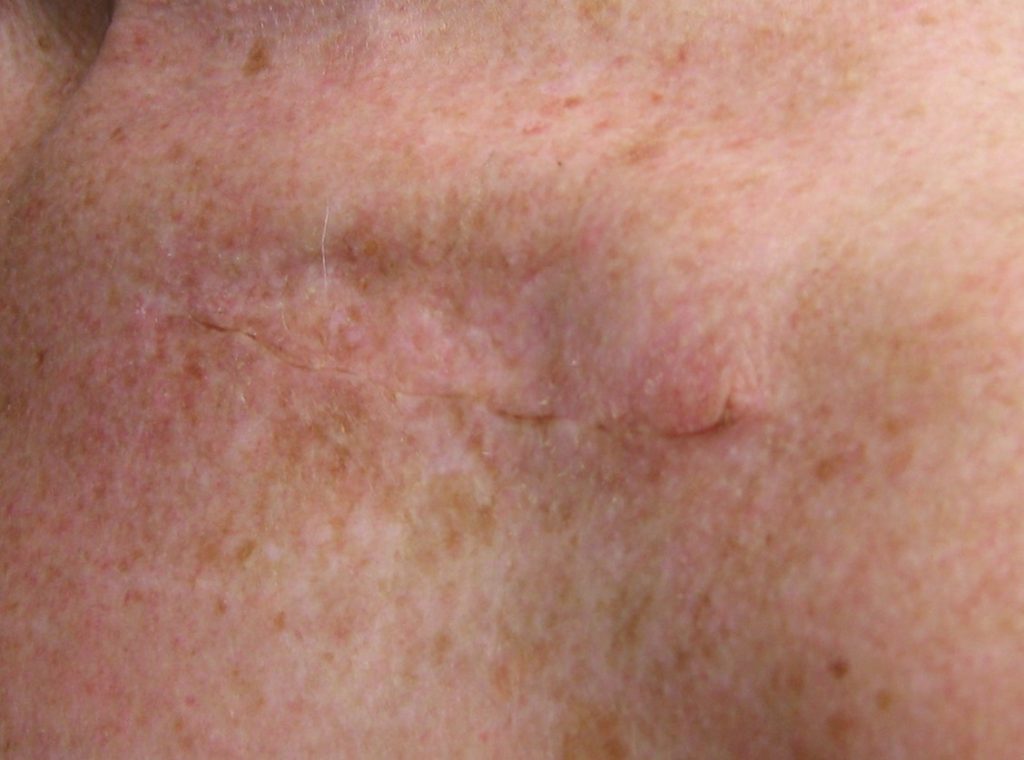Do you feel well-connected?
Most women who come to see me for ScarWork to their Caesarean scars, comment on the feeling of disconnection they have been experiencing since the surgery. “I feel as if my top and bottom halves aren’t joined up” is a common sentiment. Once the work is done, they tend to feel more connected – so what is happening?
To me this is not only a physical but an emotional experience; it can be a hatred of the scars that causes us to switch off from an area of the body (for such surgeries as Caesareans, you can imagine that if a woman doesn’t want to touch her own scar, she is not going to want her partner to be anywhere near it) – this can have a devastating effect on a relationship. Another example is if someone’s sense of identity is tied up in their appearance – what will happen to their sense of who they are if they are facially disfigured? On a physical level, the body is normally an integrated organism, i.e. all the structures work together in harmony, everything connected to everything else. If adhesions (which tend to stick elements of the body together that should not be stuck together) affect this mobility and prevent the natural gliding of structures over other structures, then we will almost inevitably end up with thickened, densified tissue leading to reduced mobility and muscular/fascial dysfunction, amongst other symptoms. It can feel like being a string puppet; everything seems to operate separately, with no cohesion.
What can you do about this? Exercise, good nutrition and staying mobile all help – above all do not allow yourself to become less mobile, and be sure to maintain multi-dimensional movement such as yoga or dancing, not just linear activity like walking; in my clinic I am now seeing a lot of people with scars who have worsened during the lockdown year and who need to work harder to restore their former mobility.
Sharon Wheeler’s ScarWork, which I practise and teach, can really help the process of reconnection.

Take a look at this photograph – you can see the visible lack of integration in the scalloped skin. Imagine if such an effect is three-dimensional, i.e. in the different depths of tissue under the scar. It may look different, but it will still have the same effect, where the edges of the cut are not sufficiently pulled together; it’s like a three-dimensional jigsaw puzzle, which has an effect on the way that the muscles and fascia move and function.

ScarWork has been used here to improve the integration, not only at skin level but the client reported a feeling of being ‘more together’ in the whole area.
ScarWork is very light touch and is seen as more effective than the older techniques of trying to break down the scars, as Blyum and Driscoll’s piece of research on mechanotransduction (the translation of physical force/touch into biochemical change in the cell) would indicate.[1] As such, it feels like a caring, nurturing treatment; I feel this is valuable on the emotional level as well in that it, and thus the scar, is more accepted by the client, whereas attempting to break down scarring is more likely to create a feeling of antipathy towards the area and increase the sense of disconnection from a part of the body.
How we can help
If you’d like to discuss your scar and what can be done to help its appearance and the sense of disconnection, please contact jan@bodyinharmony.org.uk or ring on 01753 867877, or 07724 027748.
[1] Blyum, L., Driscoll, M., Mechanical Stress transfer – the fundamental physical basis of all manual therapy techniques. [Accessed 20.12.21]
